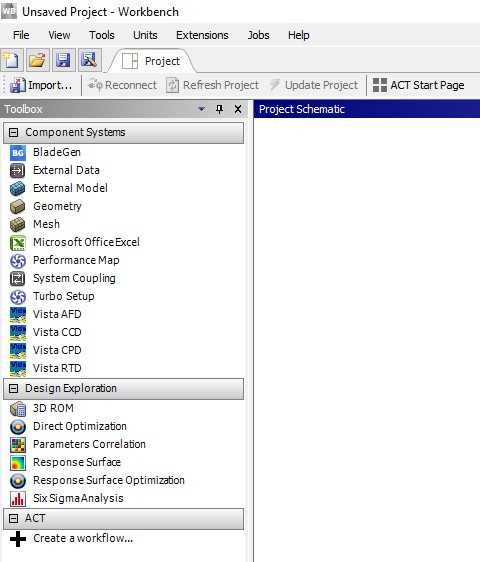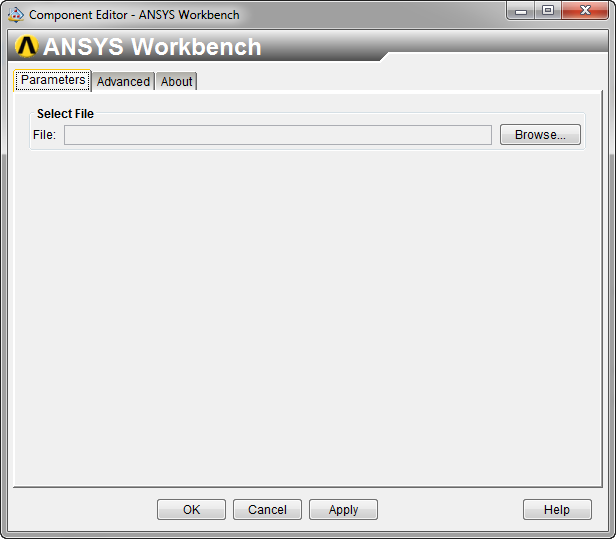
Springs like this can pull things together or push them apart, and are sometimes preferred to equal and opposite forces on a structure, particularly in large deflection analysis. Users should note that with default Small Deflection analysis, spring load is held constant it does not ramp: Spring load ramping occurs with the analysis set to Large Deflection in the Details of the Analysis Settings branch:Ī spring probe illustrates the load ramping up through substeps in a Large Deflection analysis: Very small spring stiffness values may or may not cause difficulty during solution. In models of this type with spring preload, users should include a spring probe to see whether significant spring load is lost because of model deformation. If the spring stiffness is small, then the force loss is relatively small. If the Longitudinal Stiffness of the spring is high in comparison to the deflection stiffness of the structure, force loss in the Spring Probe will be substantial. Because the structure deforms, the length of the spring decreases, and the remaining force in the spring changes.
#Ansys workbench full#
Note that the above Spring Probe’s Elastic Force is not the full 200N of the preload. In the solved model below, deformation caused by the preloaded spring is plotted, and elastic force remaining in the spring after model deformation is reported by the Spring Probe inserted in the model. Note the 200N preload on the spring in the example above. The setup of such a spring can be seen in Figure 1 above. Each of these implies that the spring as it is located in the undeformed geometry contains an initial force level that will deform the model during solution.
#Ansys workbench free#
There is an option to have the spring either preloaded with a force, or to have a free length that differs from the spring length as it is created in the geometry. A spring is given a Longitudinal Stiffness value or a Longitudinal Damping value. The deformable choice will permit thermal expansion without severe localized stresses. Geometries on the Reference and Mobile ends of the spring are selected, and set to behave as either Rigid or Deformable. To set up a spring connection, a user inserts such an object in the Connections branch of the Outline in Workbench Mechanical. This article reviews setup and results particularly when the spring is set to be preloaded. The user can set a Longitudinal Damping value, as desired. The user sets the Longitudinal Stiffness in units of force per unit length of stretch.

Electronic and Electrical Applications (EM).The links below or by contacting our sales or technical teams. Led by our "The Focus" blog articles and webinars. Users around the world come to PADT as a place to find invaluable user resources,
#Ansys workbench how to#
How to most effectively use those tools through our famous technical support and training. Once they have them, they advice users on Is there to help customers understand what tools they need. Before and after the sale of any ANSYS, Inc. The sales team is focused on long term win-win relationships with ourĬustomers.

#Ansys workbench software#
Their ANSYS customers to return significant value on their simulation software ANSYS Users have a choice from who they purchase, and many choose PADT for a simple reason: PADT partners closely with product suite to customers located in Southern California, Arizona, Technical support for the complete ANSYS, Inc. PADT delivers this outstanding vision by providing sales and PADT is your best choice for ANSYS Software, Support, and Training The entire product suite to enable Dynamic CAE Collaboration.



 0 kommentar(er)
0 kommentar(er)
